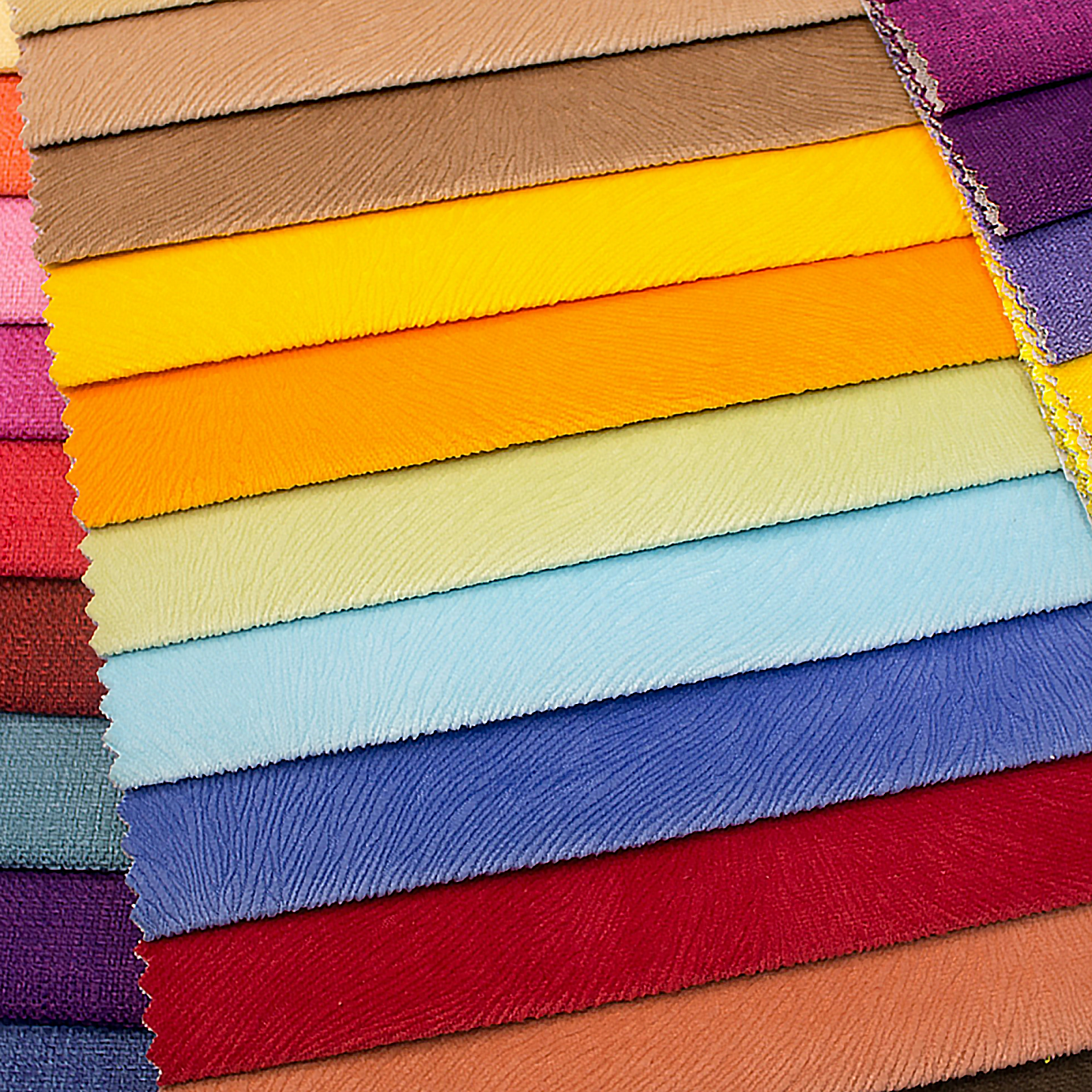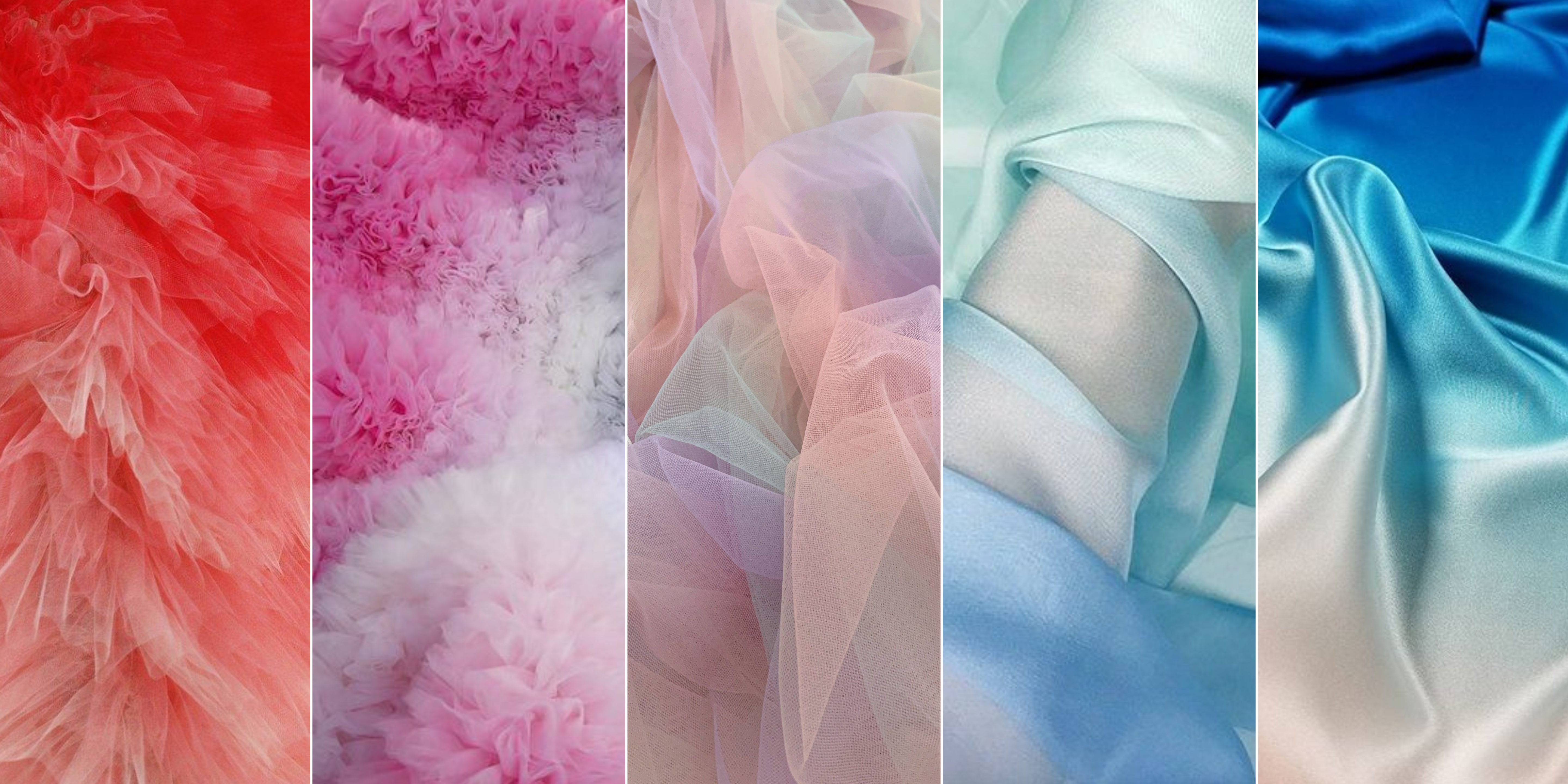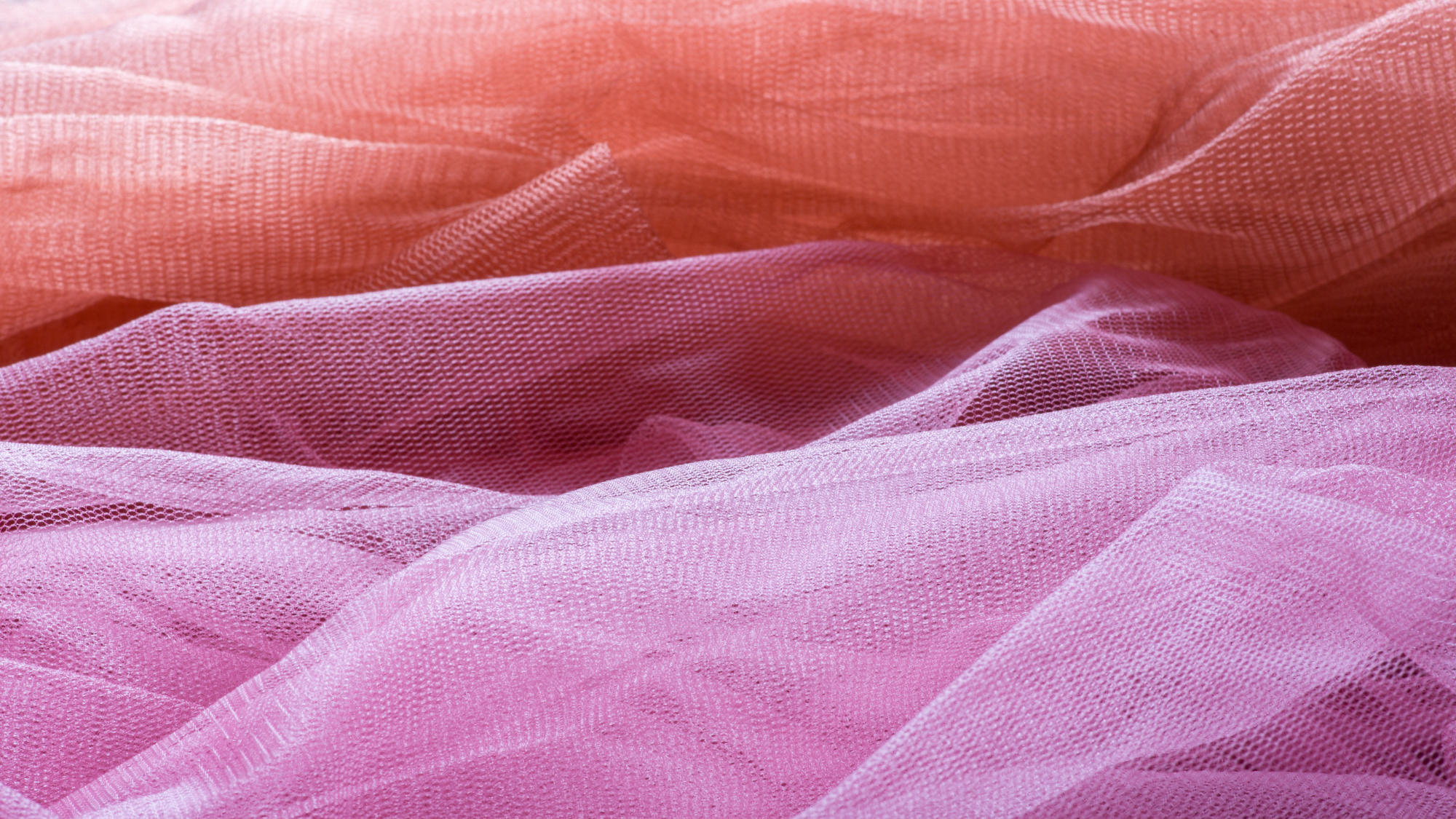
Are you new to the world of sewing? Perhaps you've been dabbling in this captivating craft for a while but find yourself tangled in a web of unfamiliar jargon. Fear not! In this blog post, we are here to guide you through the labyrinth of sewing terms, ensuring that you'll thread your way through any sewing project with confidence.
Understanding sewing terms is like having a roadmap to a world of creativity and self-expression. From basting and seam allowances to darts and selvages, these terms are the building blocks that form the foundation of sewing knowledge. Whether you aspire to craft your own wardrobe, design stunning home decor, or simply mend and tailor your clothing, grasping these essential sewing terms is crucial.
Join us as we unravel the mysteries of sewing terminology, sewing terms will become second nature as we explore their meanings, usage, and significance in various sewing techniques. We'll cover everything from essential tools and stitches to pattern reading and fabric types, making this blog post an indispensable reference for both beginners and seasoned sewists alike.
So, let's stitch together our understanding of sewing terms and embark on a journey of creativity, precision, and ingenuity. By the end of this post, you'll be well-equipped to handle any sewing project, and these sewing terms will be forever woven into your sewing lexicon!
50 Common Sewing Terms You Need to Know
Appliqué: A decorative technique where fabric pieces are sewn onto a larger fabric to create a design.
Backstitch: A technique where a few stitches are sewn in reverse at the beginning and end of a seam to secure the stitches in place.
Basting: Temporary, long stitches used to hold fabric pieces together before permanent stitching.
Bias: The diagonal direction of a fabric, which has more stretch and flexibility than the straight grain.
Bias Tape: A strip of fabric cut on the bias used for finishing edges, bindings, or making piping.
Bobbin: A small spool that holds the bottom thread in a sewing machine.
Bobbin Case: The part of the sewing machine that holds the bobbin and regulates its tension.
Bobbin Thread Tension: The tension applied to the bobbin thread in a sewing machine to balance with the top thread tension.
Dart: A folded and stitched area used to shape a garment to fit curves like the bust or waist.
Ease: The slight fullness added to a garment to ensure a comfortable fit, especially in areas like sleeves and armholes.
Facing: A fabric piece sewn to the inside of a garment to finish raw edges or add stability.
Feed Dogs: The teeth-like mechanism under the presser foot that moves fabric through the sewing machine.
French Seam: A type of seam where raw edges are enclosed within the seam for a clean finish
Gathering: The process of drawing fabric together to create soft, even folds.
Grading Seams: Trimming seam allowances to different widths to reduce bulk in a garment.
Grain: The direction of the threads in woven fabric; it can be straight grain, cross grain, or bias.
Grainline: The straight line indicated on a sewing pattern that should be aligned with the straight grain of the fabric.
Grommet: A metal or plastic eyelet used for reinforcing holes in fabric, often used for lacing or inserting cords.
Hem: The finished edge of a garment or fabric, usually folded over and stitched to prevent fraying.
Interfacing: A stiff fabric or material placed between layers of fabric to add structure and support.
Lining: A separate layer of fabric sewn into a garment's interior to provide a clean finish and added comfort.

Muslin: A lightweight, plain-woven cotton fabric often used for making test garments or samples.
Notions: Small sewing supplies such as buttons, zippers, snaps, and threads.
Overlock Stitch: Also known as a serged stitch, it sews over the fabric edge, providing a clean finish and preventing fraying.
Pinking Shears: Scissors with zigzag blades used to cut fabric edges to prevent fraying.
Pintuck: A narrow, stitched fold in the fabric, often used for decorative purposes.
Presser Foot: The part of a sewing machine that holds the fabric in place while stitching.
Quilting: The process of stitching multiple layers of fabric together to create a padded and decorative textile.
Raw Edge: The unfinished edge of fabric that is not enclosed or hemmed.
Seam: The line where two pieces of fabric are stitched together.
Seam Allowance: The extra fabric between the stitched seam and the raw edge of the fabric.
Seam Finish: Techniques used to prevent fabric edges from fraying, such as zigzag stitching or serging.
Seam Ripper: A small tool with a sharp point used for removing stitches.
Selvage (Selvedge): The tightly woven edge of a fabric that runs parallel to the lengthwise grain.
Staystitching: A row of stitches sewn within the seam allowance to stabilize and prevent stretching of curved fabric edges.
Stitch: A single loop or line of thread created by a sewing machine or hand sewing.
Stitch Length: The length of a single stitch, adjustable on sewing machines to control the density of stitches.
Tailor's Chalk: A chalk-like tool used for marking fabric during pattern layout and adjustments.
Tailor's Ham: A firm, rounded cushion used for pressing curved seams and darts.
Tailor's Tack: Temporary thread markings used for transferring pattern markings to the fabric.
Thimble: A protective cap worn on the finger to push needles through fabric while hand sewing.
Thread Tension: The tightness or looseness of the stitches created by the sewing machine.
Topstitching: Visible stitching on the outside of a garment, often used for decorative or reinforcing purposes.
Understitching: A technique where the seam allowance of a facing or lining is stitched to the garment fabric to prevent it from rolling to the front side.
Walking Foot: A specialty sewing machine foot that helps feed multiple layers of fabric evenly.
Welt Pocket: A type of pocket that lies flat on the fabric with a finished edge, often used in tailored garments.
Welt Seam: A seam where two fabric edges are joined with a strip of fabric sewn between them, creating a raised decorative detail.
Zigzag Stitch: A stitch that moves back and forth in a zigzag pattern, used for securing edges and preventing fraying.
In conclusion, diving into the rich tapestry of sewing would be incomplete without familiarizing ourselves with the essential sewing terms that lay the foundation for every successful project. Throughout this blog post, we've threaded our way through an array of crucial concepts, ensuring that these sewing terms will help guide you through your future projects.
Armed with this newfound knowledge, you can confidently navigate any pattern, fabric, or technique, and these sewing terms will become second nature.
Remember, the journey of sewing is a continuous one, and as you expand your repertoire, you'll encounter even more specialized sewing terms that open doors to new and exciting projects. Embrace this learning process with enthusiasm, and soon enough, you'll effortlessly decipher advanced patterns and share your sewing prowess with others.




